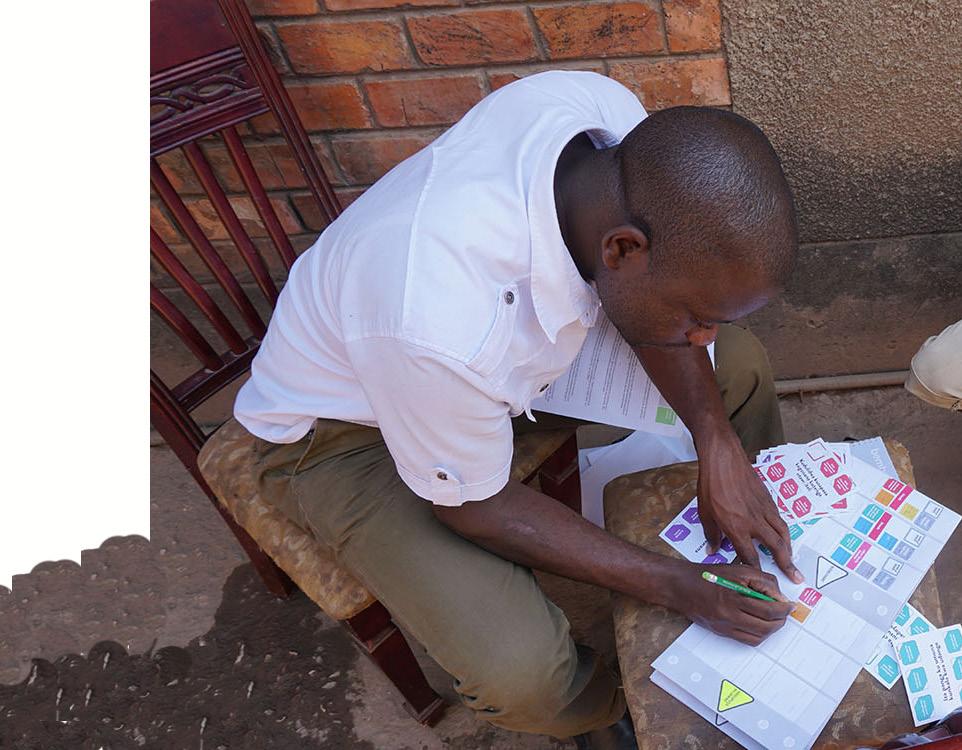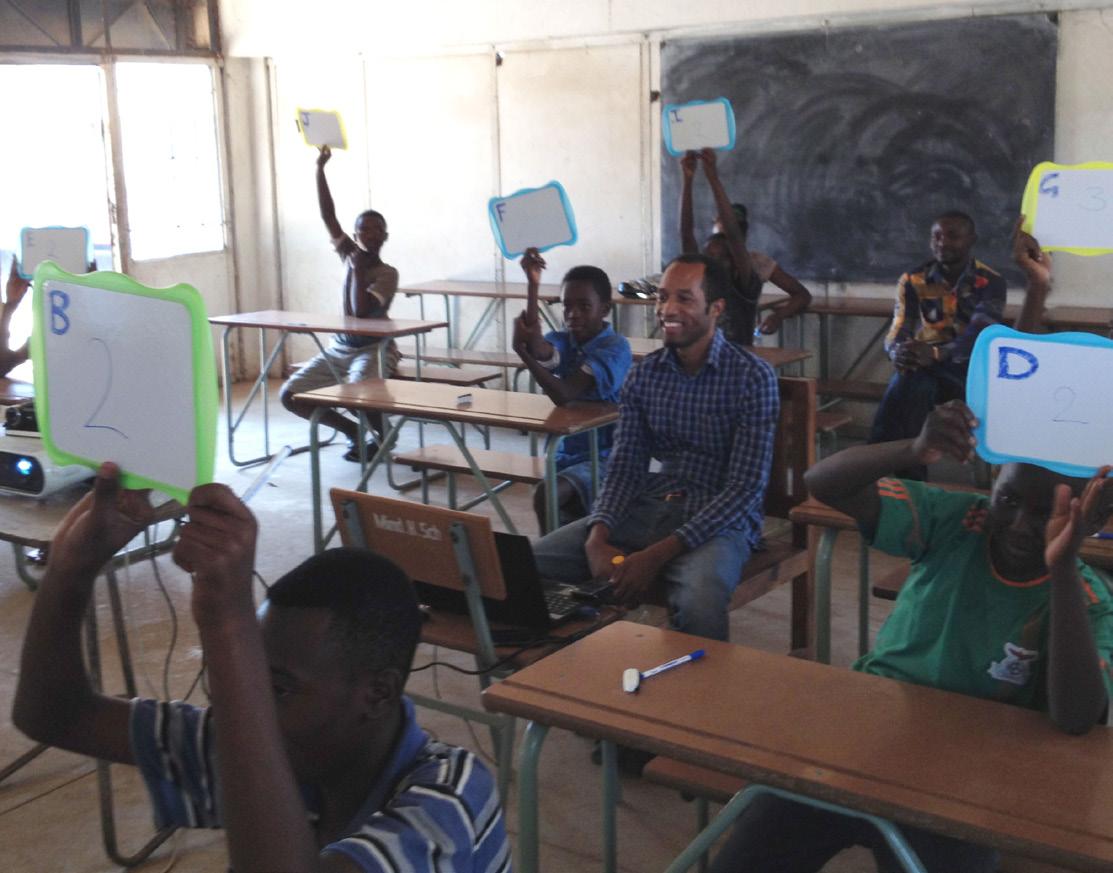
2 minute read
UNDERSTANDING THE COMPLETE JOURNEY
To create a holistic framework for men’s decision-making about VMMC, we used two complementary methods – journey mapping and Ethnolab. They’re grounded in behavioral science, and each has a proven track record in the private sector, but they have rarely been applied in the global health sector.
The first method, journey mapping, is commonly used in consumer marketing to systematically understand how people make decisions. Local moderators interviewed men and the people around them to identify and map the full range of influences on the journey toward circumcision. Marketers might do this to understand what leads consumers to buy a product; in this case, we wanted to understand how men make the decision to become circumcised.
Advertisement

The interviews used “journey maps” to capture stories from men and their influencers about their beliefs, emotions, and actions at each stage of the decision-making process, moving from awareness, to intent, then to action, and ultimately to becoming advocates for VMMC themselves. Defining the encouraging forces and the inhibiting barriers along their journey helped us identify the scenarios that cause men to get stuck.
We explored these scenarios further with our second approach, Ethnolab. This is a game-based method of understanding decision-making that draws on principles of behavioral economics. Groups of participants were shown scenarios related to health choices. Each scenario came with several possible outcomes, and participants were asked to select the outcome that they thought the majority of the group would choose. By predicting outcomes based on what they thought people like them would do, the game-players were more likely to reveal their actual emotions, mental models, and biases in their responses, rather than simply saying what they thought the facilitators wanted to hear.

Going deep and wide with research
Much qualitative and quantitative research into demand generation for VMMC had used small samples and focused primarily or exclusively on uncircumcised males. Our research was a phased, mixed-method approach, on a larger scale, that examined the ecosystem of relationships around men. JOURNEY MAPPING
Qualitative, in-depth interviews were conducted in 13 districts in Zambia and Zimbabwe with purposively selected participants.
152 boys & men 13-29 years, circumcised and uncircumcised
656 influencers of those boys and men (female partners, close male friends, parents or parent figures, community leaders, VMMC service providers)
ETHNOLAB
Qualitative research using behavioral economics was conducted with groups of randomly selected participants.
ZAMBIA:
210 boys & men female partners, and service providers
ZIMBABWE:
220 boys & men female partners, and service providers
In order to keep fieldwork logistics practical and costs reasonable, in each country the research targeted those districts with the highest concentration of uncircumcised men. These accounted for 80% of the uncircumcised population. Districts were first sorted from high to low by their populations of uncircumcised men. The cumulative percentage of all uncircumcised men was then calculated. Around half of districts fell below this 80% cut-off point, and thus research was carried out in 38 of 72 districts in Zambia, and 35 of 61 districts in Zimbabwe. Samples were distributed by age in proportion to the population size for each age group in each district. Households were randomly sampled in the selected districts, and a male was approached in each household for the interview.






